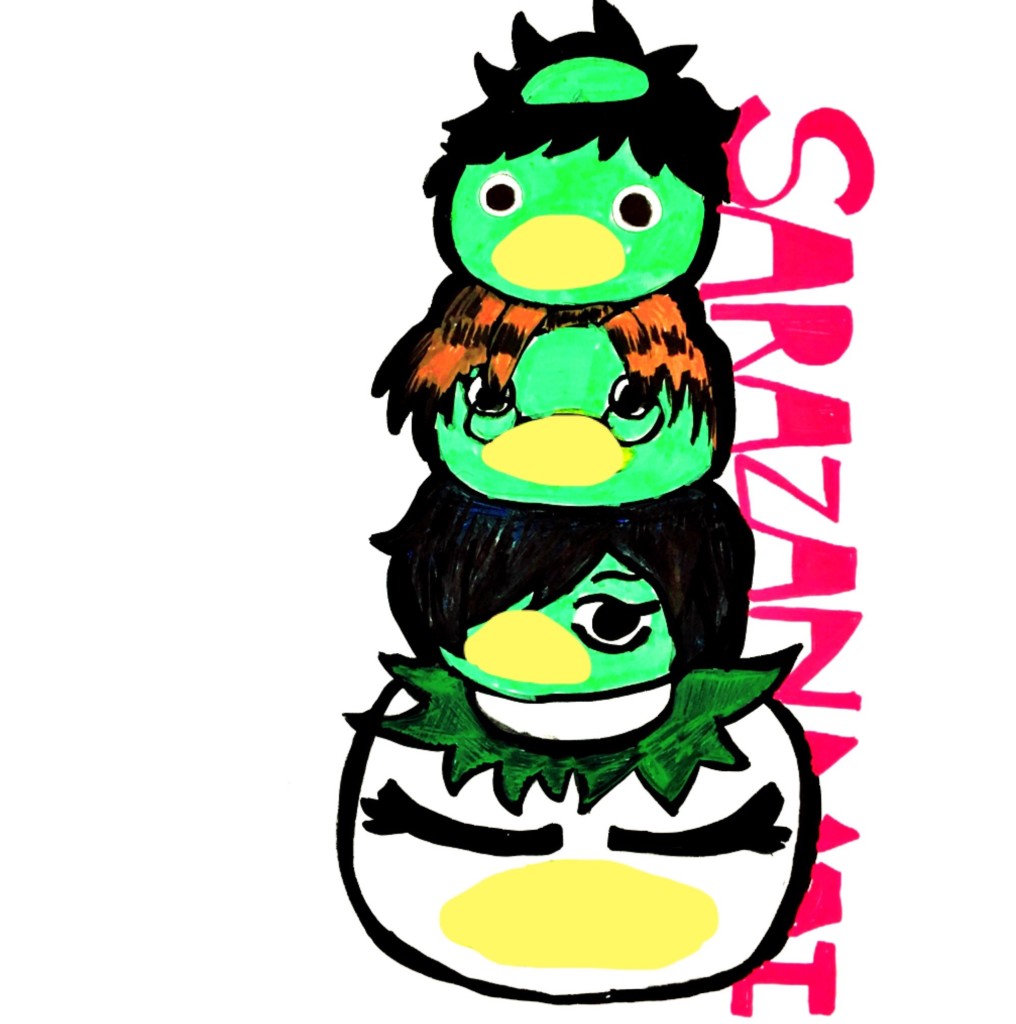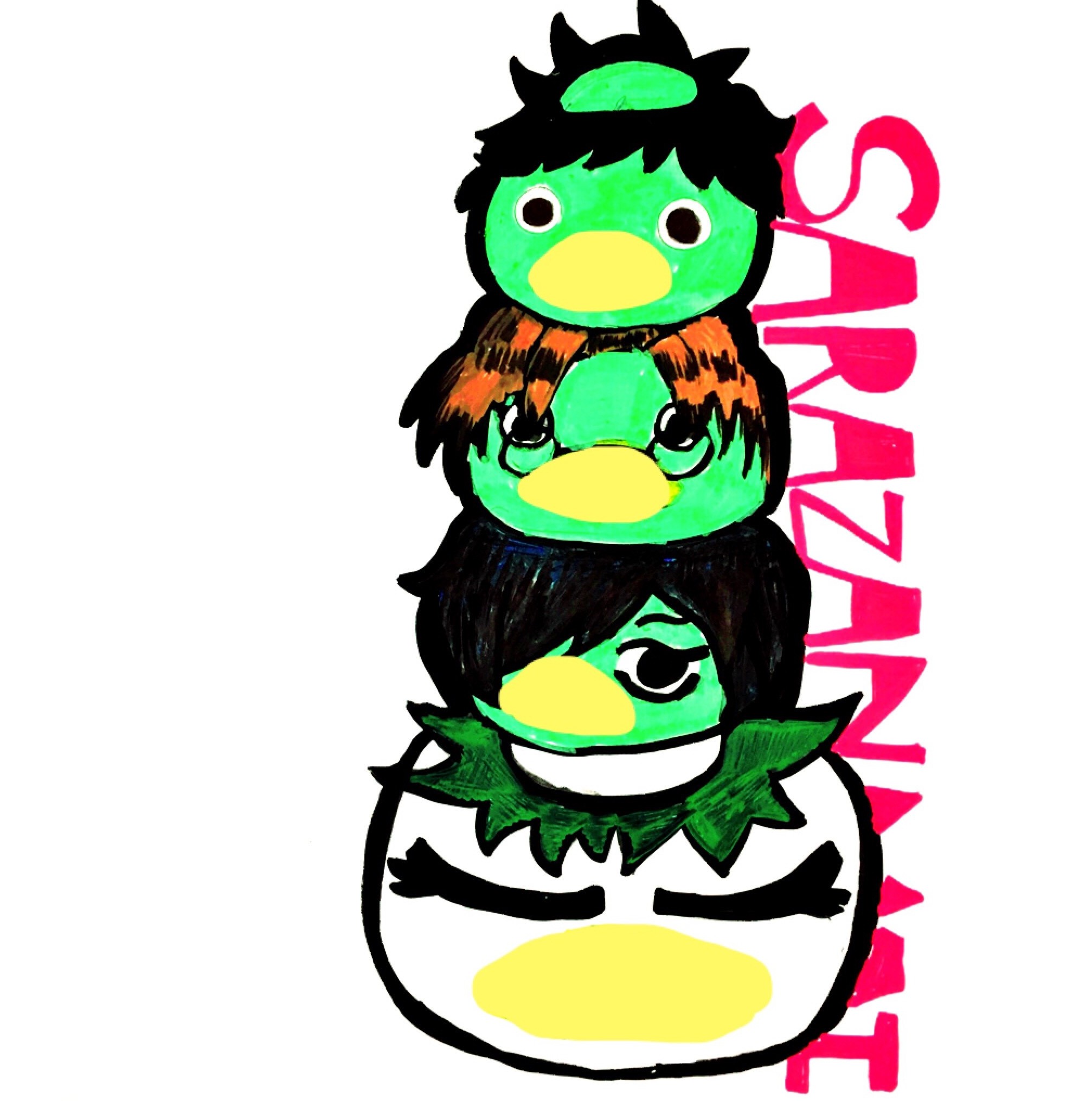“Sarazanmai,” a newly released anime, has quickly gained popularity for its exploration of human suffering, told through powerful fighting scenes and unique symbolism.
The anime centers around kappas — a Japanese folklore figure resembling a toddler-size frog with a plate on its head. After they break a golden statue, the three main characters — middle schoolers Kazuki Yasaka, Toi Kuji, and Enta Jinai — release the kappa prince, Keppi, who turns them into kappas. Living among kappas, Yasaka, Kuji, and Jinai enter a world between life and death. They witness the coming and going of the culprit of all human agony, misery, and desires: a demon who is formed by people’s grievances and misfortunes. With the progression of each episode, through fighting against each demon, the protagonists uncover the much bigger secrets behind humanity and themselves.
At first glance, “Sarazanmai” is a rather bizarre anime because of some trivial elements without a strong chain-of-events plot. However, with every new episode, the connection between each element steadily surfaces, building a solid base for the plotlines and philosophical explorations to come.
The fighting scenes are also captivating because they only occur in an isolated, fantastic world. This blurs the audience’s perception of where the physical stops and the imaginary begins. Rather than being brutal and bloody, the fight scenes are illustrated as a combination of musical performance and a visual rhapsody full of emotion and vigor. Taking place under a dark, detached environment, the fight scenes eliminate any context through the complete isolation of the background of the scene.
The visuals of “Sarazanmai” are a constant exploration of a philosophical surface — both in a metaphorical sense and a literal sense of the construction of a space. If we look closely, many scenes or objects that flash by are presented in a photorealistic way. The gun in Kuji’s cardbox, for example, only appears for a total of two seconds in the entire episode 2, and yet it is depicted so realistically that I could feel its texture and the tangible feeling of confronting one in real life.
The ED (ending music video), moreover, is a base camp for the fusion of 2D and 3D models. In the ED, the anime carefully juxtaposes drawn anime characters against the backdrop of photographs taken in actual Japanese streets. This intentional collapse of individual dimensions melds 2D and 3D spatio-temporal concepts together, endowing the 2D animated characters with blood and flesh and, more importantly, depth and weight. This allows compatibility between the realistic 3D environments and the fictive elements.
Overall, the producers of “Sarazanmai” deliberately blend the surreal with the real, though these seemingly invincible boundaries created by the surfaces of different dimensions all suddenly become invalid and fall apart as the plot unfolds. On top of that, the fanciful visuals in “Sarazanmai” are a feast for the eyes interwoven with craziness, imagination, and fantasies.


